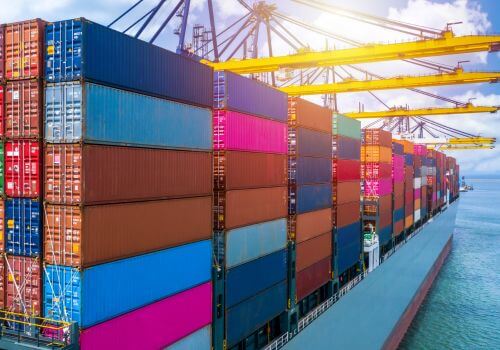About four years ago, COVID-19 disrupted daily life and business operations across the globe. While logistics challenges and inventory shortages caused by the pandemic have greatly reduced, lasting changes and innovations have been implemented into national supply chain management.
The pandemic sped up advancements in freight visibility in such a way that shippers, consumers, and regulators now require a more interconnected view of how goods are produced and delivered. Federal and state regulators are pressuring industries to slash greenhouse gas emissions, as the interconnectivity will allow freighters and 3PLs to do so, while enabling shippers to better manage logistics during sudden geopolitical disruptions.

Stephen Dyke, principal solutions consultant at supply chain visibility firm FourKites says: “Many supply chain leaders have learned how to build resiliency and better absorb shocks despite continued disruptions like the Red Sea crisis and labor strikes at the ports. With real-time visibility into static goods – wherever they may be – it has become easier to manage through volatility.”
Overall business insights gained from this level of visibility data helped shippers accurately evaluate their carrier partnerships, logistics providers, suppliers, and fulfillment strategies: “They can better collaborate with these partners and make smarter decisions based on benchmarks that many shippers didn’t have five years ago. And these practices are here to stay” (Dyke).
“Supply chain visibility is the ability to gain insight into assets and inventory in transit, understand what exceptions are occurring, and know when shipments will arrive at their destination” (Eric Fullerton, senior director of product marketing for supply chain visibility provider at Project44). “That definition might have worked two years ago, but not now. The old-school definition enables you to see and understand all goods, assets, and inventory at the stock-keeping unit level and make decisions based on that data. But the mature, next-level evolution is much more about making inventory decisions by exposing and understanding how your network is delivering goods to customers and essential parties to run a more efficient and sustainable business.”
Although 2024 is only a third of the way through the year, some analysts are already predicting another challenging year for the trucking industry despite the recent visibility data. The freight shortage experienced in 2023 is expected to continue, where the effects are felt by trucking companies, drivers, and the American consumers (as well as the ATA). Several factors are instigating the issue, including capacity constraints, increasing freight rates, and a shortage of qualified drivers. Though fuel prices are down from record levels, it continues to remain high, further straining U.S. supply chains.









